
Be a Land Steward.
Sign up for Greenhouse Gases -
a weekly-ish newsletter that will teach you the science behind regenerative gardening, with action steps to help you make a difference in your backyard.

Sign up for Greenhouse Gases -
a weekly-ish newsletter that will teach you the science behind regenerative gardening, with action steps to help you make a difference in your backyard.

Victory Gardening is a concept of growing your own fruits and vegetables that was introduced during WWI and increased in popularity during WWI.
During this time, the government encouraged gardening and promoted it as a patriotic act that would help alleviate food scarcity and economic hardship.
While the idea of Victory Gardening tapered out after the war, it has seen a revival in recent years. With rising food prices and shortages, it's again an important time to be growing our own food and finding more self-sufficiency in our way of living.
Victory gardening for climate change is one nature-based solution to our current environmental issues.

Today, Victory Gardening is especially relevant - not only as a solution to the effects of the pandemic on the food system, but also as a nature-based solution to climate change.
When you grow your own food, you eliminate the carbon footprint associated with food transportation. You can go one step further and garden without pesticides and synthetic fertilizers. All of these actions help the planet, while you get to eat some tasty food as well!
With regenerative gardening, you can improve the quality of the ecosystem and support the environment by building soil health. It's a great way to turn your backyard into an eco-friendly habitat that helps to fight climate change at the same time.
In this article, you’ll learn:

“Let me suggest, also, that everyone who creates or cultivates a garden helps, and helps greatly, to solve the problem of the feeding of the nations; and that every housewife who practices strict economy puts herself in the ranks of those who serve the nation. This is the time for America to correct her unpardonable fault of wastefulness and extravagance. Let every man and every woman assume the duty of careful, provident use and expenditure as a public duty, as a dictate of patriotism which no one can now expect ever to be excused or forgiven for ignoring.”
- President Woodrow Wilson, April 16, 1917
Interestingly, the foundation of the WWI Victory Gardens was a movement for building community gardens in schools in the late 1800’s. With new labor laws passed, more children were in school, and gardens were seen as a way to keep them occupied and educated. This transitioned into the United States School Garden Army in 1919 (source).
During WWI, Victory Gardens were encouraged as a way to fight food scarcity and economic hardship. As seen in the quote above by Woodrow Wilson, thriftiness was encouraged, and a garden was seen as the best way to provide for yourself and your family while saving money. Lots of posters from this era encourage families, women, and children to garden for themselves and for success in the war.
Other names for a Victory Garden include war garden, liberty garden, and food garden for defense.
People took to the idea: in 1917, 3 million new gardens were created and 5.2 million gardens were created in 1918. This yielded an estimated 1.45 million quarts of canned produce as self-sufficiency became necessary with materials shortages (source).
From the planting tables shown below, you can see that the vegetables grown then weren’t much different than the vegetables we grow now: beans, beets, cabbage, carrots, peppers, squash, tomatoes and turnips are listed, with guidelines for how much to grow for your family.
.avif)
In the Great Depression, gardens were grown across the country to save money and build self-sufficiency. These gardens were called Thrift Gardens, and were budget-friendly and low-input (source)
In Detroit, a special relief program was begun by the mayor, where residents in need could apply for assistance with land access, plants, seeds, and fertilizer. Tool libraries were made available for sharing and open access, and educational workshops on topics like canning were offered (source).
“Because of the greatly increased demands in 1944, we will need all the food we can grow. Food still remains a first essential to winning the war. Victory gardens are of direct benefit in helping relieve manpower, transportation, and living costs as well as the food problem.”
- President Franklin D Roosevelt, April 1, 1944
During WWII, the president was again urging Americans to grow a garden for self-sufficiency and for patriotism. Over the course of the Second World War, 20 million victory gardens were planted, and around half of all families in the United States were gardening (source).
In 1943 alone, 10 billion pounds of food were produced in Victory Gardens, and overall around 40% of the nation’s vegetable supply was from these gardens (source).
As with WWI and Thrift Gardens, government funding supported the creation of the gardens of WWII. From advertising to education, funded community gardens to seeds, gardening was made accessible and was highly encouraged by the media and local agencies (source).
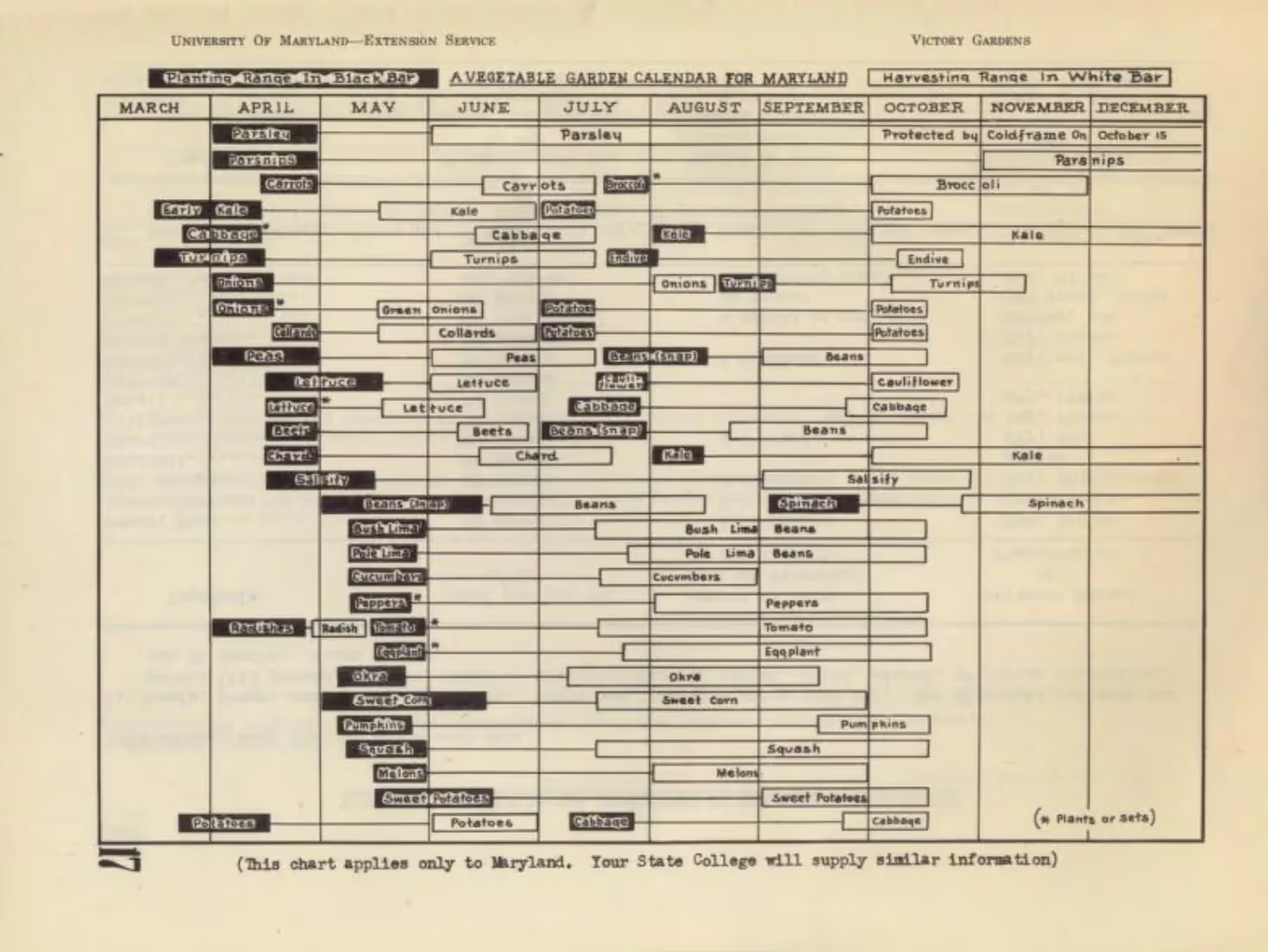

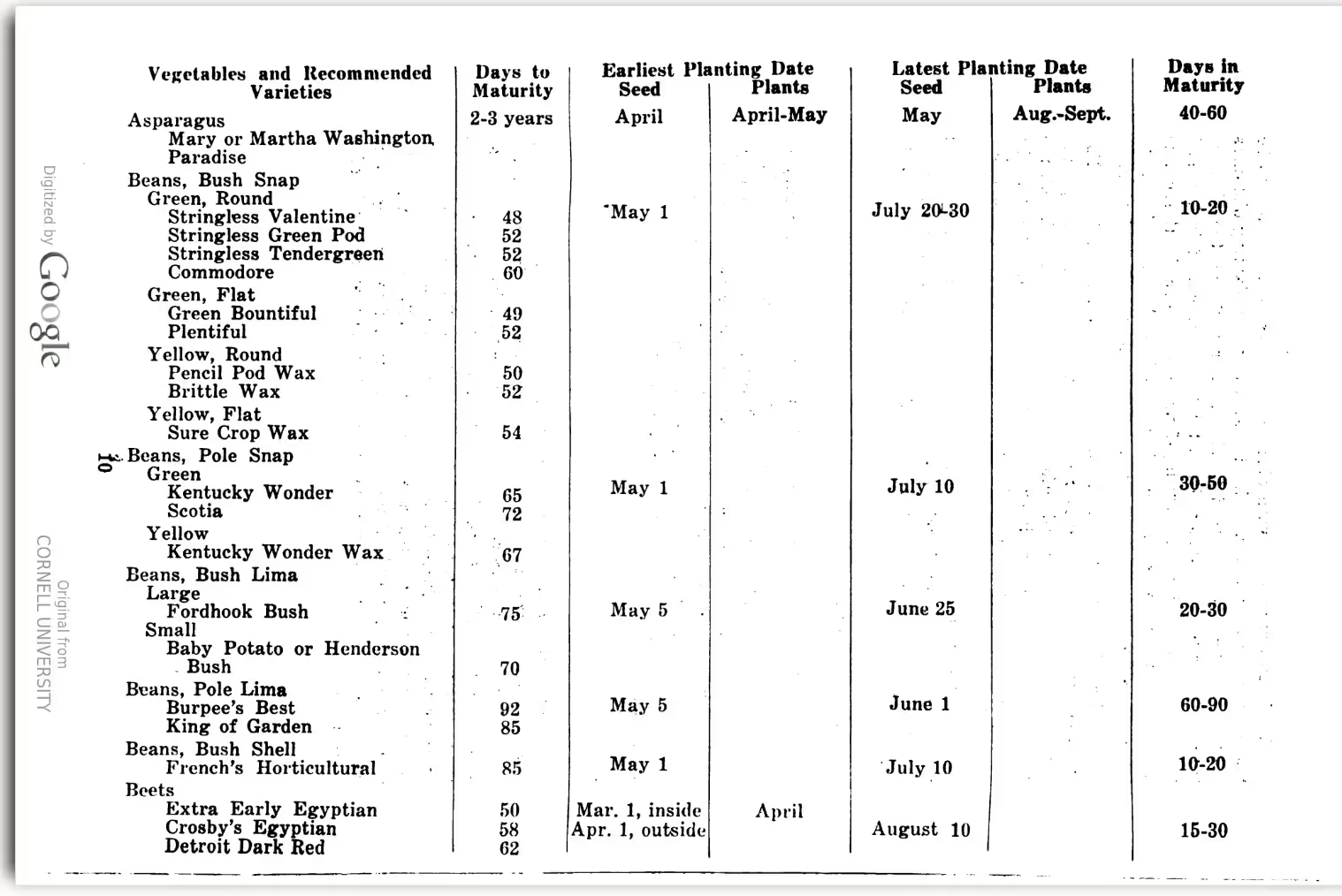
We have some interesting sources of recommended varieties for WW2 Victory gardens. With these details of what was available at the time, you could easily recreate a WW2-era Victory Garden today, and adapt it to be a climate change victory garden.
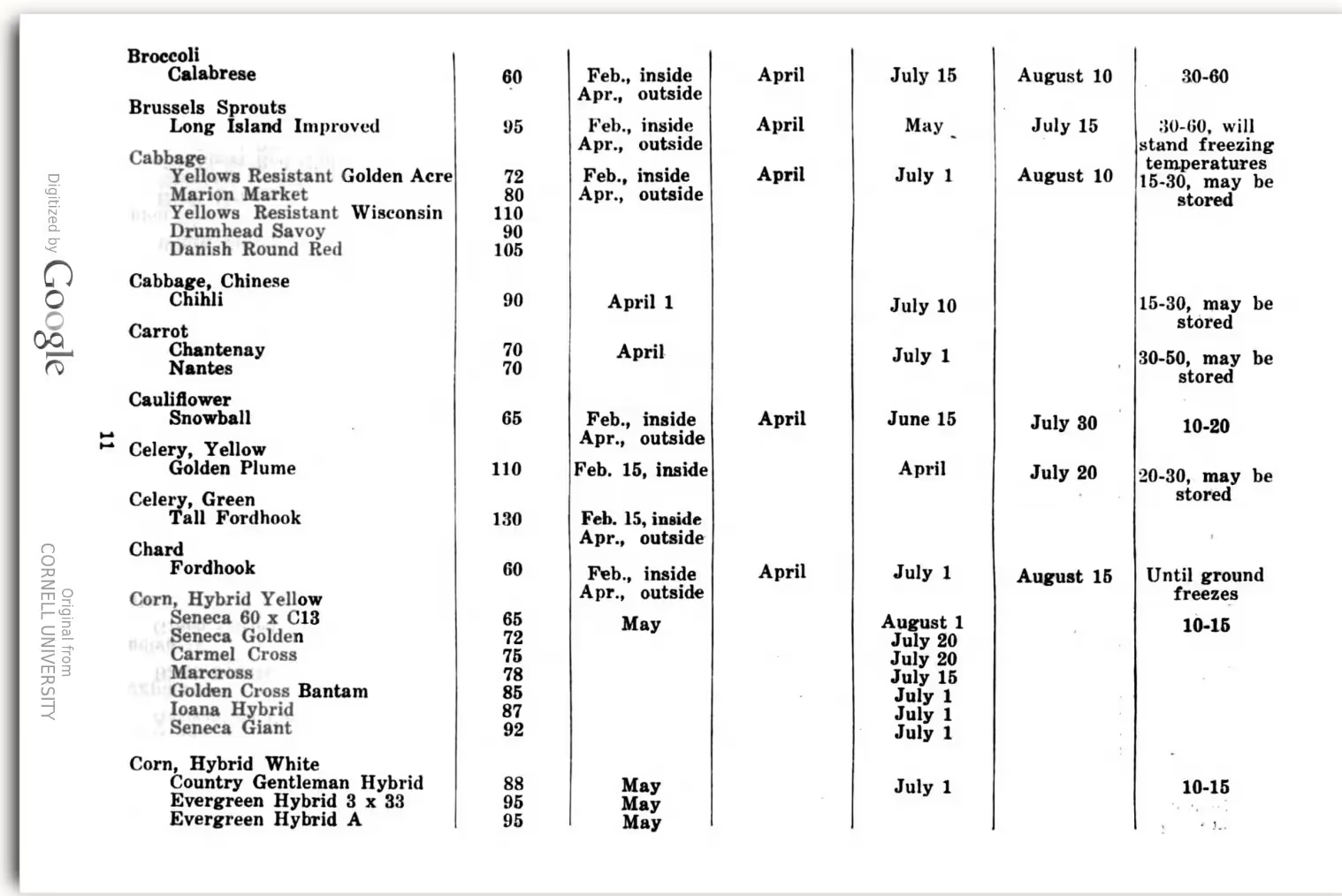
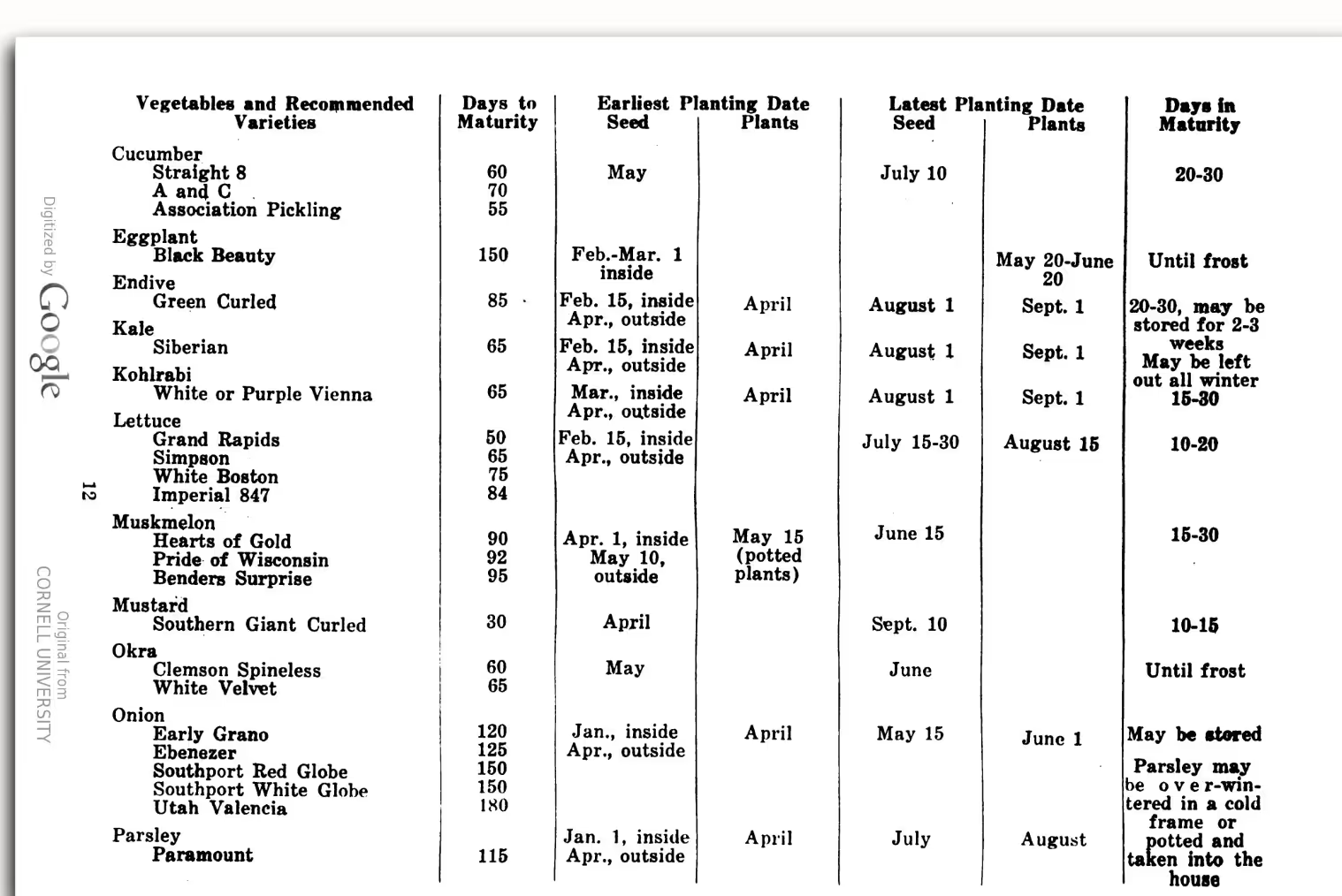
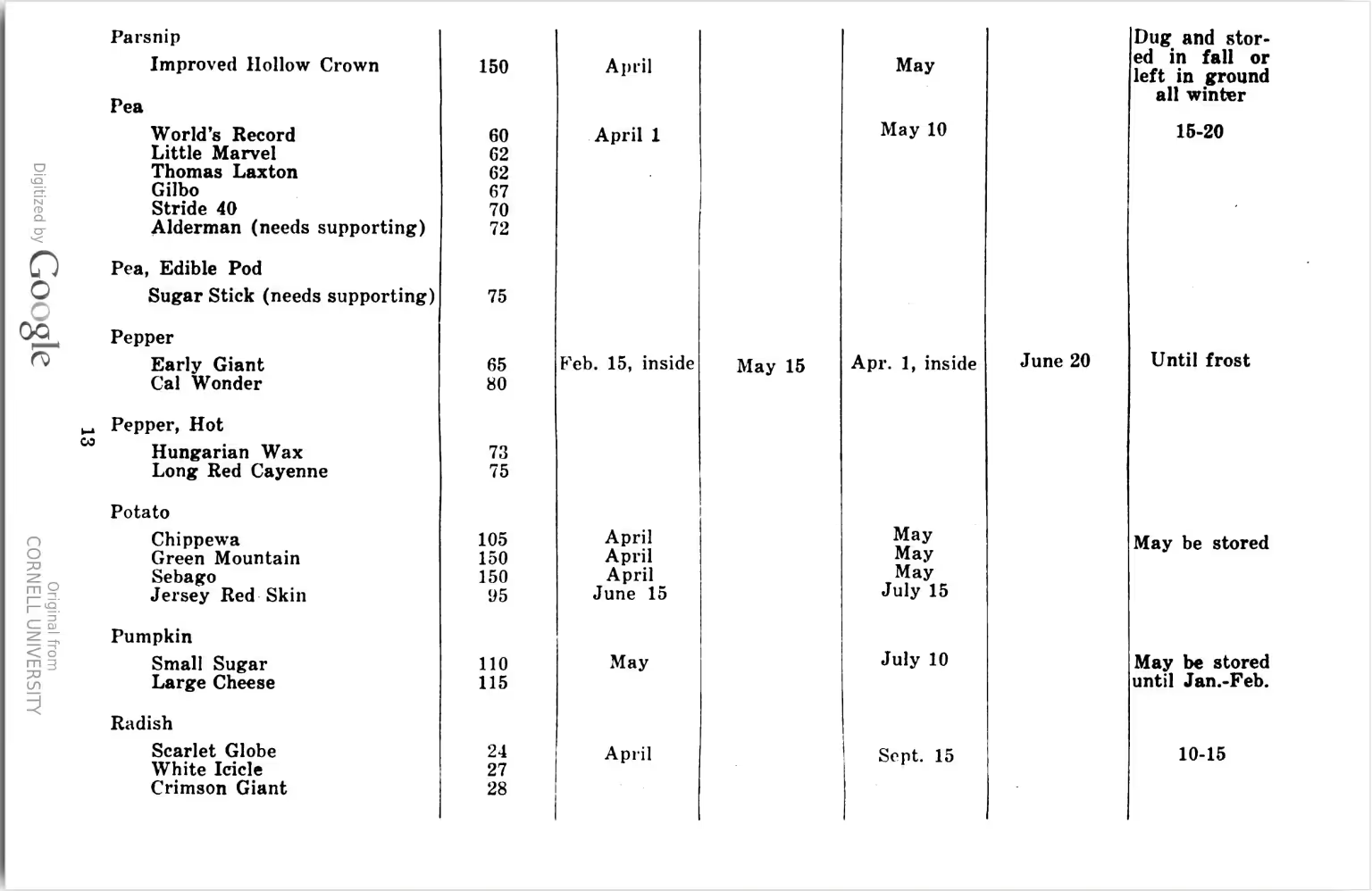
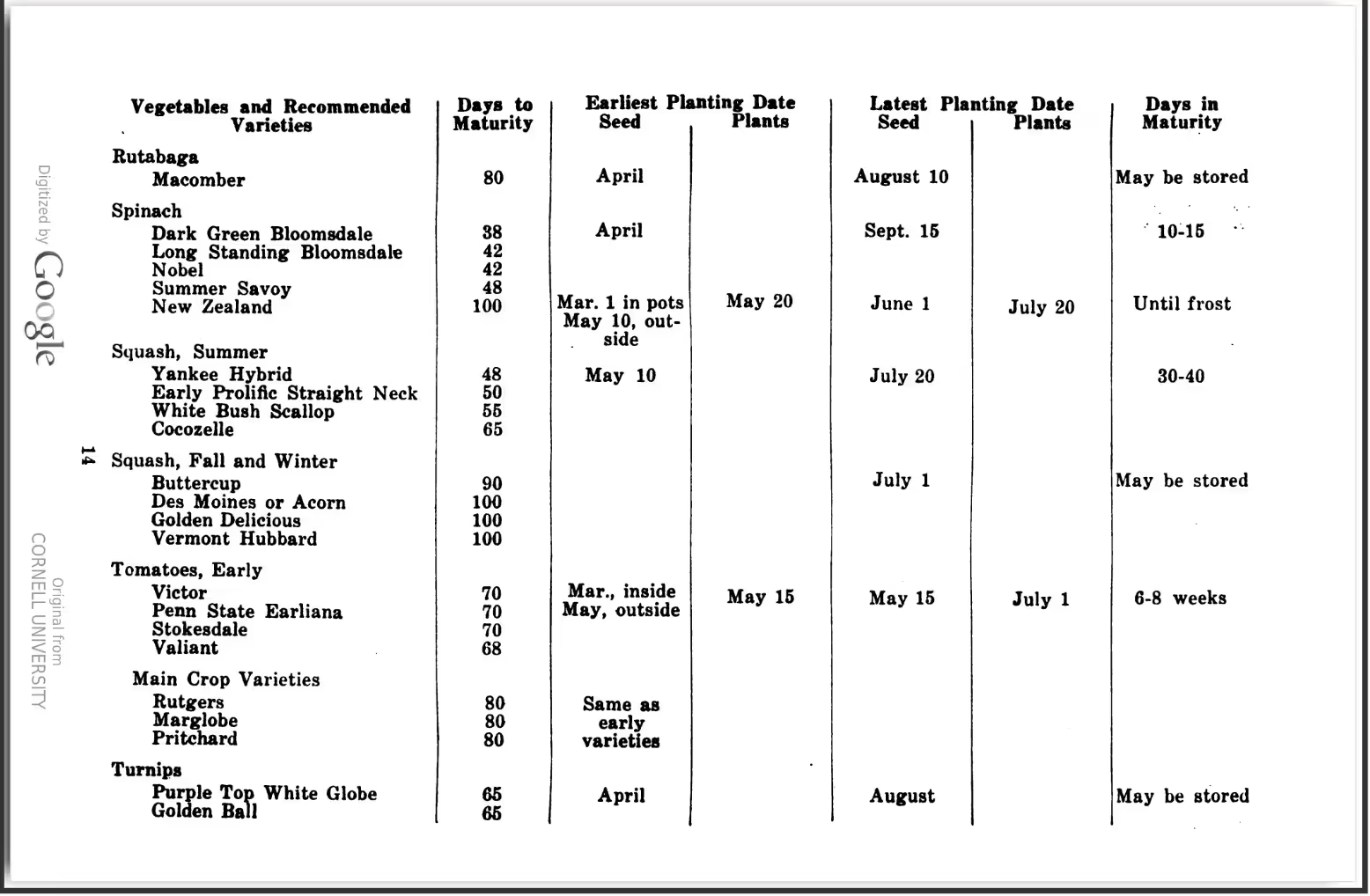
If you love looking through seed catalogs as much as I do, you’ll really dig this collection of WW2-era catalogues from various distributors across the country from the Biodiversity Library here.
“By growing a victory garden--whether it be in the backyard, in a community or company employe plot, or on the farm. There is still plenty of time to plant in most parts of the country.
By dedicating ourselves to growing larger and better gardens and seeing them through to the harvest.
By preserving our food at home or in a community canning center. Civilian supplies of commercially canned fruits and vegetables are now at the lowest point of the war, and next winter will be one-fourth less than last year….
With millions of American men and women dedicated to this task, our food will make a real contribution to the final victory and the peace.”
- President Harry S Truman, June 2, 1945
With the increase of the populations of cities and the convenience of markets, it was uncommon for grocery shoppers to be able to buy produce directly from a farmer. In 1942, farmers in the San Francisco area were having a hard time selling their produce to their usual cannery customers, due to the canneries being short staffed. Much to the dismay of local markets, they set up a farmer’s market that sold out in less than 2 hours on their first day. This farmers market in San Francisco has been running ever since, and now similar markets such as this are commonplace across the country (source).
It’s important to note that just before WW2, Japanese American farmers on the West Coast were producing a good portion of the nation’s food. Their farms were extremely productive - in 1940, a Japanese-American family farm could yield $280 per acre, but the average farm at that time period nation-wide yielded a mere $38 per acre.
After Pearl Harbor, Japanese Americans were put into internment camps, and their farms were taken from them. This was part of what caused the food shortages of this era.
This discriminatory act was fueled by racial resentment and economic motives, as Japanese American-owned farms were seen as a threat to white farmers. The internment of Japanese Americans had a lasting impact on their communities and has been recognized as a grave injustice by the US government. Understanding this history is crucial in acknowledging the complexities and injustices of victory gardening during this period. (source).
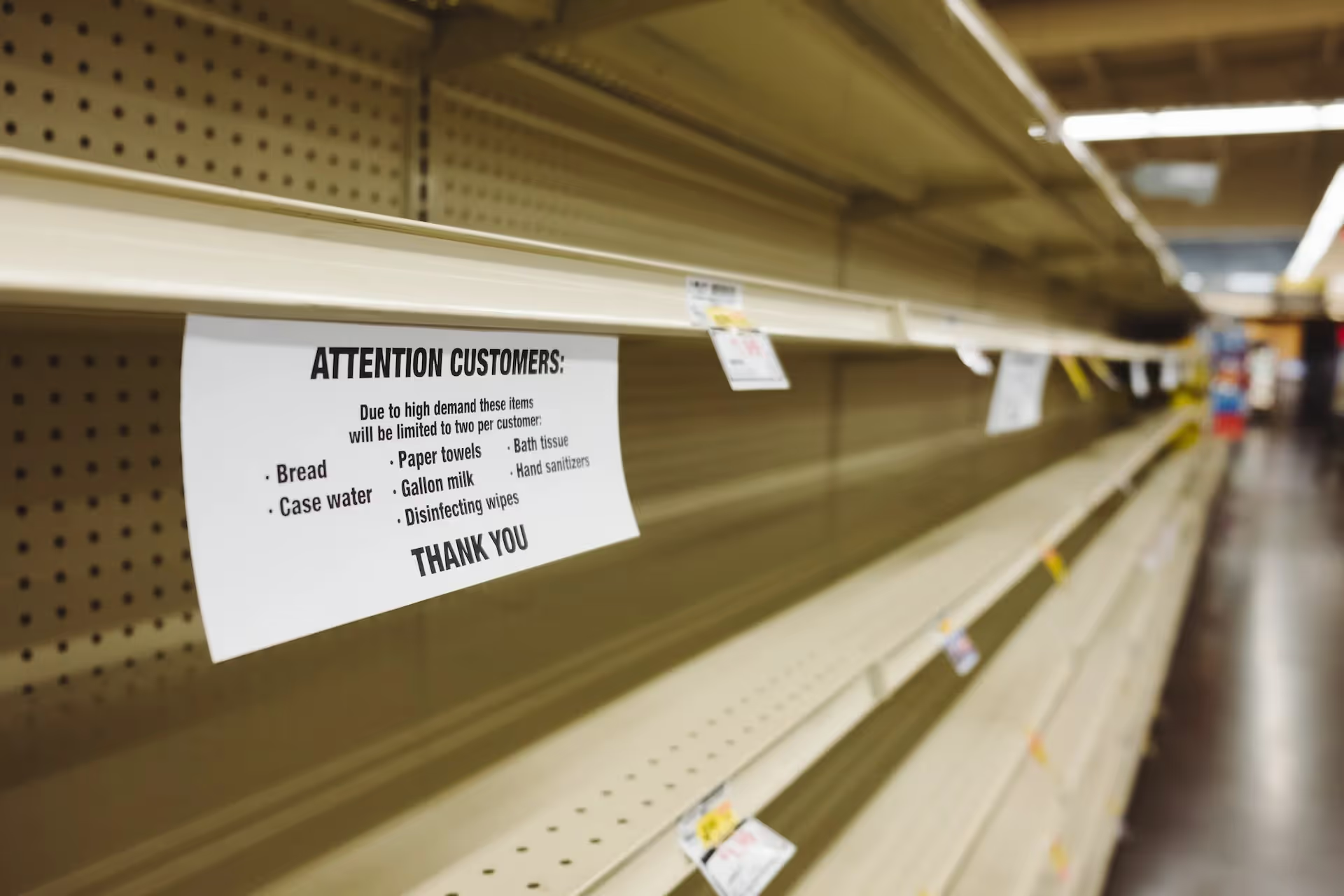
Other events in history between the WW2 and the COVID pandemic brought people across the world into their gardens and allotments. Economic instability led people to garden in Cuba, the then-Soviet Union, and Peru in the 80’s and 90’s. The great recession of 2008 prompted those Mediterranean countries such as Spain and Greece to turn to gardening for food security. Refugees fleeing war zones and unsafe conditions tended to gardens in refugee camps all over the world. Political turmoil and atrocious food prices in Venezuela led to a country-wide return to gardening (source).
Gardens came to the rescue again in 2020, when food scarcity prompted millions of Americans to start gardening. It’s estimated by the National Gardening Association that around 1/3 of Americans started gardening in 2020 (source), and 18 million households started gardening in 2021 (source).
However, the pandemic also caused a shortage of seeds and other gardening supplies, which highlighted the need for more sustainable and resilient food systems.
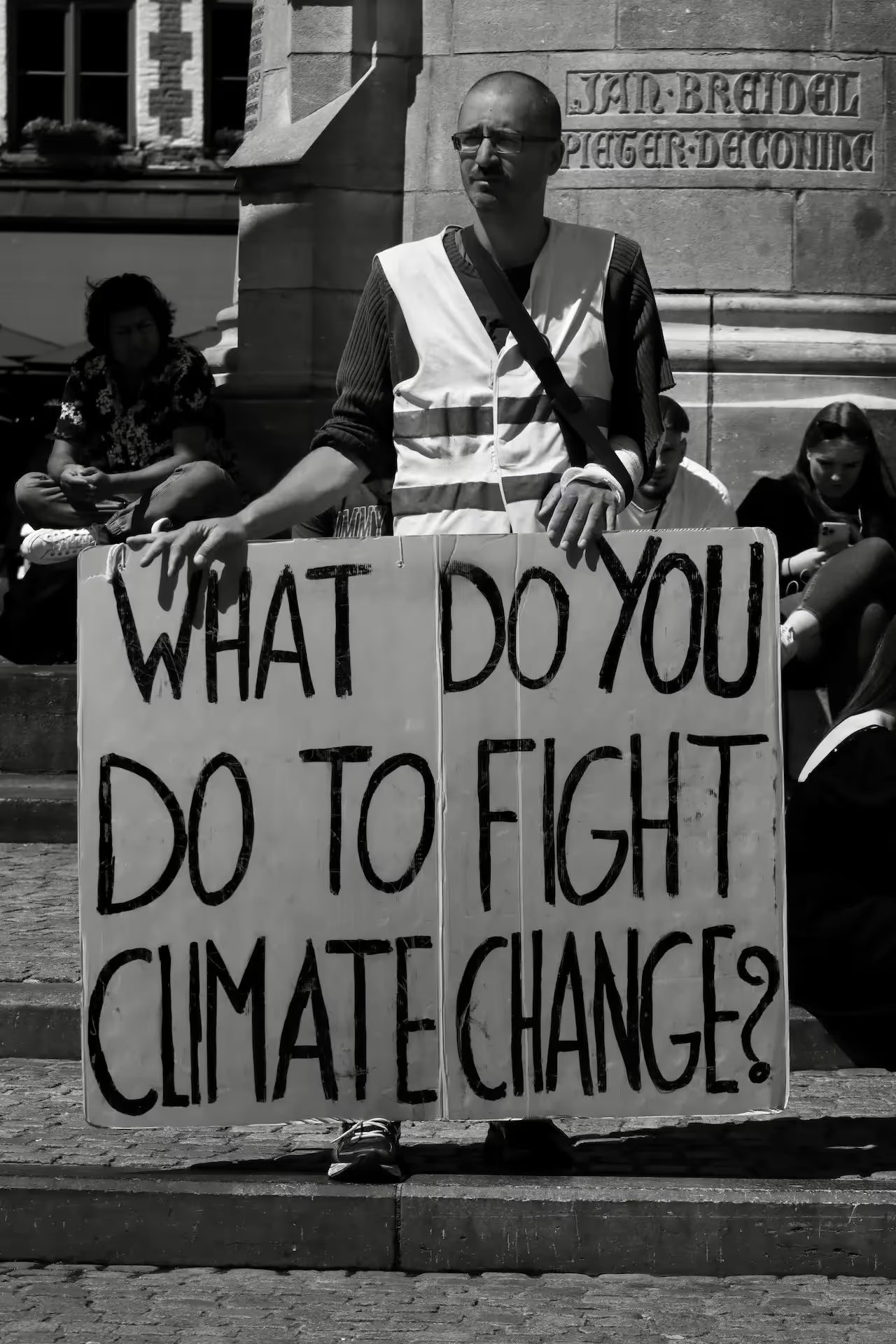
Victory gardens were initially promoted as a way to support the war effort, and later as a means of achieving self-sufficiency during times of economic hardship.
Now, as we are squarely in the climate crisis, we have an opportunity to garden as a nature-based solution to reduce our carbon footprint and build more resilient food systems.
In fact, when each household eliminates food miles by growing their own food or sourcing from the local farmers market, it’s equivalent to driving 1000 less miles (source). While transportation comprises of 5% of agricultural greenhouse gas emissions (source), industrial food productions add up to 70% of emissions (source).
With 32 million acres of lawn in the United States that could potentially be transformed into regenerative gardens, food forests, and pollinator meadows, there’s a lot of opportunity for increased carbon sequestration and community resiliency (source)
If we as a collective choose to grow our own food organically and support regenerative farmers in our communities, we can greatly reduce the amount of overall emissions. In fact, food sourcing can be up to 30% of the carbon footprint of families (source).
Even if only we sourced half of our food locally and from our own gardens, there could be a 20% reduction in energy consumption and 40% decrease in water expenditure each year (source).
Environmental benefit can be increased if home gardens utilize regenerative gardening techniques, such as composting and cover cropping, which can improve soil health and support biodiversity. In turn, these practices help to reduce the need for synthetic fertilizers and pesticides. Without synthetic chemicals, we can further reduce the environmental impact of home-grown produce.
A climate change victory garden movement can help to reduce the amount of greenhouse gases in the atmosphere, support biodiversity, and increase the resilience of local communities.
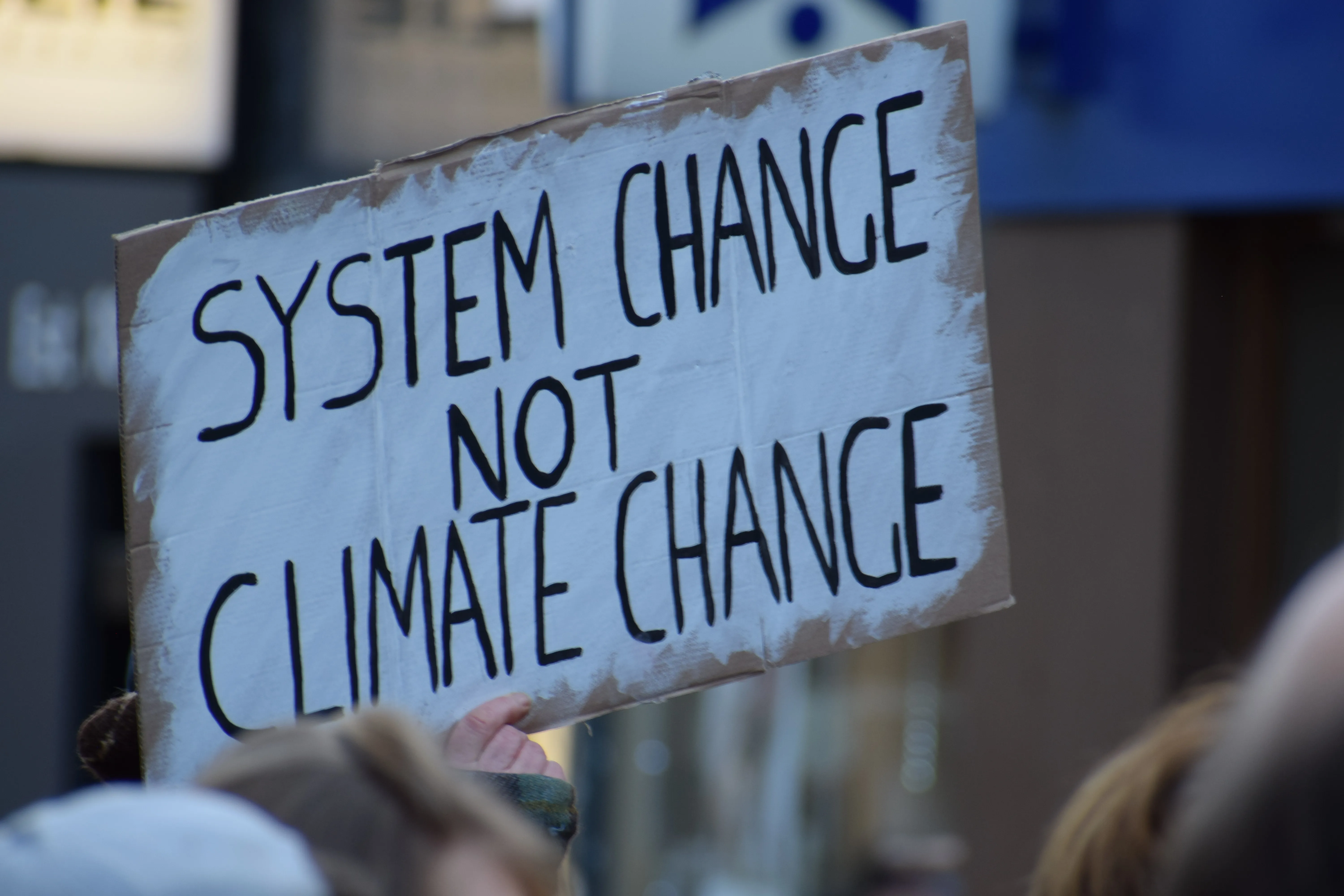
Green America has a climate change garden community map, and you you can pledge your garden to the cause if you’d like there, or see the numbers for how many eco friendly gardens are in your area. Over 20,000 gardens are a part of this network - but I know that with the mobilization in the past that we’ve seen from victory gardens, that we can increase this number into the millions.
Learn more at Green America's Climate Victory Gardens Portal
In conclusion, Victory Gardening has a rich history of supporting communities during times of hardship and scarcity, and has seen a resurgence during the COVID-19 pandemic.
As we face the challenges of climate change, gardening can play an important role in reducing our carbon footprint and promoting a more sustainable food system. Regenerative gardening techniques can support biodiversity, improve soil health, and reduce the need for synthetic fertilizers and pesticides. We can also reduce the carbon footprint associated with food transportation and packaging by growing our own food. Climate change victory gardens can help to reduce the amount of greenhouse gases in the atmosphere, support biodiversity, and increase the resilience of local communities.
By working together to create climate change victory gardens, communities can build resilience and take action to protect the planet.